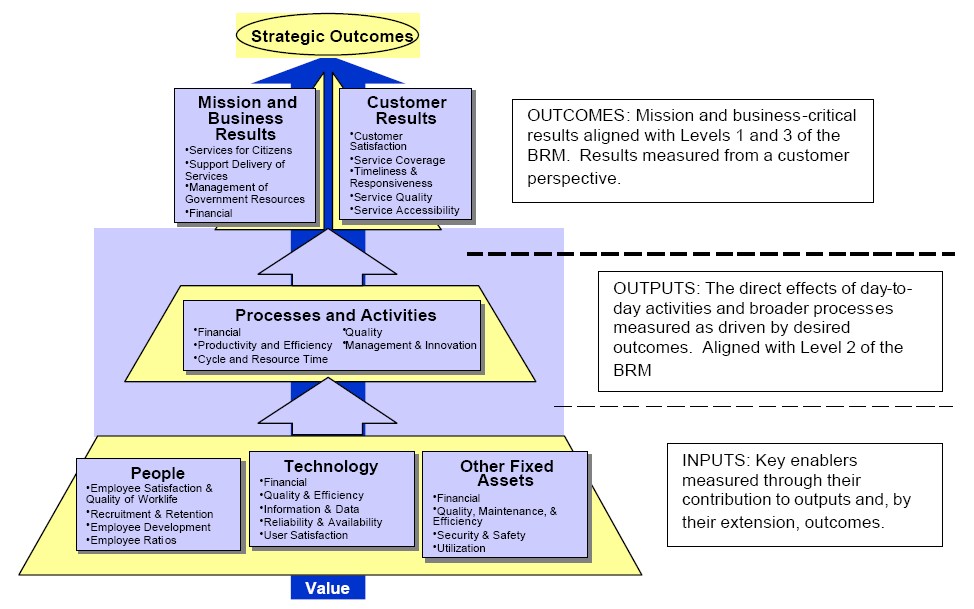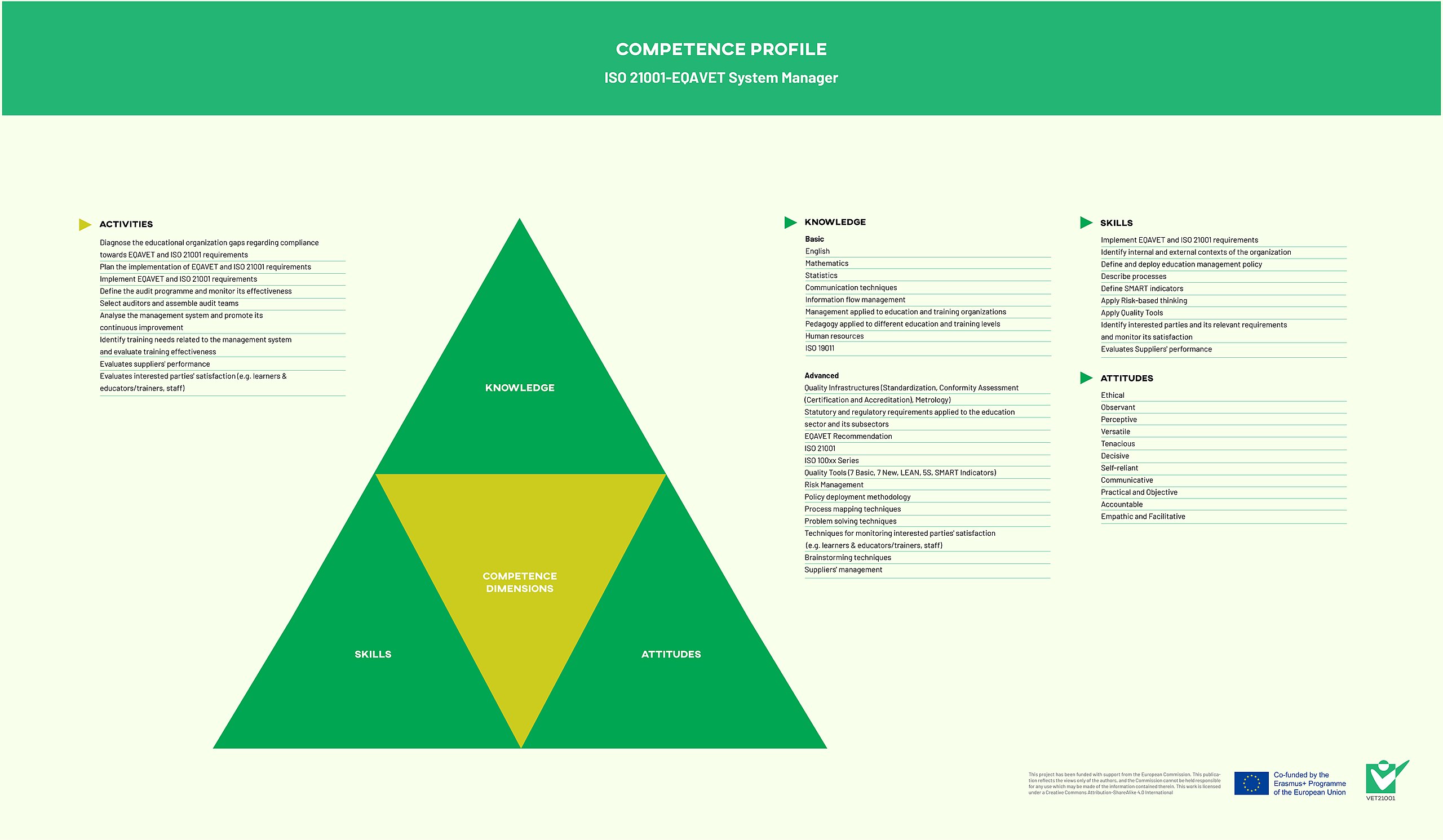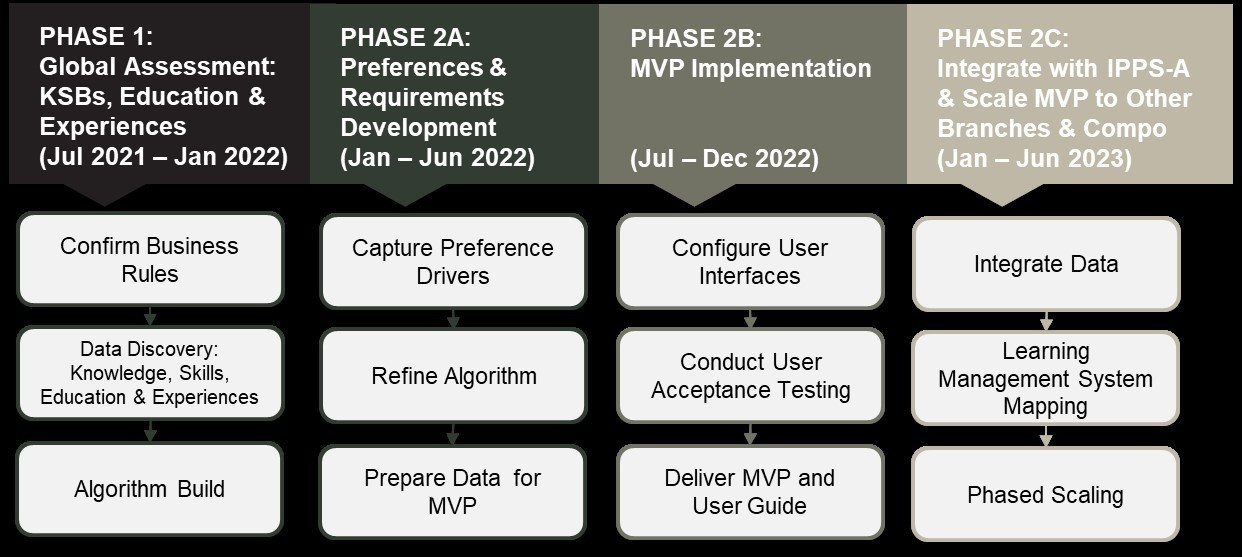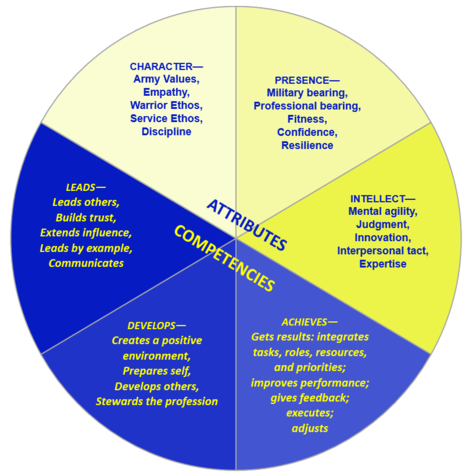
Think about getting the most out of your team with a plan that not only ramps up productivity but also helps your employees grow and feel good about their work. That's where performance mapping comes in. It's changing how businesses understand and boost what their people can do. And it's not just a trendy term—it's making a real difference. A recent study found that companies using performance mapping saw a 20% jump in both employee engagement and productivity. In this article, we'll break down what performance mapping is all about, why it matters, and the real benefits it offers. We'll walk you through how to put it into practice in your company and even touch on some advanced tips. So, whether you're an experienced manager or just really into HR, get ready for a deep dive into how performance mapping can take your team to the next level!
Summary: This article discusses performance mapping, its key benefits, implementation strategies in organizations, and advanced techniques, providing a comprehensive understanding of the topic. It also includes a FAQ section to address common queries related to performance mapping.
Understanding Performance Mapping and Its Importance
Performance Mapping: Definition and Overview
Performance mapping, also known as business process mapping, is a method used to visually represent how an organization operates. It details the steps, sequences, roles, and interactions within the company, providing a comprehensive view of operations. This approach allows for the analysis of each process stage from start to finish. By clarifying workflows and their interconnections, performance mapping becomes an essential tool for improving and optimizing business processes.
Key benefits include:
- Identifying inefficiencies: Spotting redundancies, bottlenecks, and waste.
- Enhancing processes: Establishing a foundation for ongoing improvements.

For example, a company might map out its procurement process, identifying tasks, decision points, responsible teams, and information flow to address and resolve delays or redundancies.
Performance Mapping's Impact on Organizational Efficiency
Performance mapping plays a crucial role in organizations by providing clarity and alignment across teams through a shared visual representation of workflows and processes. It aids in enhancing business processes by identifying inefficiencies and bottlenecks, enabling organizations to streamline operations and reduce costs.
Benefits include:
- Improved communication and teamwork: Establishing a single source of truth to standardize processes and minimize errors and misunderstandings.
- Support for quality management certifications: Such as ISO 9001, and continuous improvement efforts.

Organizations utilize performance mapping to analyze current processes before implementing changes, ensuring a comprehensive understanding of operations. For instance, a company might employ performance mapping to standardize its customer service process across branches, ensuring consistent service quality and facilitating the identification of training needs or process gaps.
In summary, performance mapping is key to defining and enhancing organizational workflows by clearly illustrating process steps, roles, and interactions. It is vital for identifying inefficiencies, aligning teams, and supporting continuous improvement and quality management.
For further reading, explore these resources:
Key Benefits of Performance Mapping
Boosting Employee Development with Performance Mapping
Performance mapping is a key tool for boosting employee growth by identifying strengths and areas for improvement. This enables companies to offer tailored training, helping individuals maximize their abilities. Managers can leverage performance mapping to pinpoint where employees excel and where additional training is needed. Such targeted development is crucial for building a skilled team ready to adapt to industry changes.
For instance, a company might use performance mapping to identify potential leaders and provide them with specific mentoring to prepare for future management roles.

Competency-based performance management systems also offer clear insights into employee skills, behaviors, and knowledge. This clarity helps create defined career paths and future planning. When employees have a clear view of their career trajectory, they can set realistic goals and benchmarks, making evaluations more transparent and equitable. Constructive feedback directly tied to their growth enhances their skills and confidence.
Increasing Employee Engagement and Retention with Performance Mapping
Clear competency mapping is vital for boosting employee engagement and retention by setting clear expectations and facilitating support requests. This transparency and focus on career growth can significantly uplift morale. When employees understand their strengths and role alignment, they feel more satisfied, motivated, and are more likely to stay.
Companies that implement performance management systems with clear goals, regular feedback, and recognition experience more engaged employees, leading to higher productivity and profits. For example, an organization using a performance management system that provides ongoing feedback and recognition sees increased employee confidence and engagement.

Aligning employees with roles that match their strengths, as demonstrated by skill mapping, enhances job satisfaction and motivation. This alignment provides employees with a sense of purpose and belonging, which are crucial for engagement. Additionally, identifying high achievers and potential leaders enables companies to focus on retaining these valuable individuals through rewards and development. This proactive approach reduces turnover and maintains a stable, experienced workforce.
Streamlining Performance Management through Competency Mapping
Competency mapping streamlines hiring by clearly defining role requirements, leading to better job descriptions and attracting suitable candidates, which aids in retention. By establishing clear performance metrics and expectations, companies can create a consistent evaluation process, simplifying the often complex review process.
Competency-based performance management systems reduce bias and inconsistency by employing set behavioral and technical standards, fostering transparency and trust.
Modern performance management systems consolidate ongoing feedback, goal tracking, and peer reviews, enhancing evaluation accuracy and fairness. This continuous check-in allows for timely adjustments and support, ensuring employees receive necessary assistance promptly. By focusing on ongoing improvement, performance mapping helps companies swiftly identify and address performance issues before they escalate. Utilizing technology, organizations can refine their performance management processes, yielding better outcomes for both employees and the company overall.
Implementing Performance Mapping in Your Organization
Steps to Create an Effective Performance Map
Analyze Workflows for Performance Mapping
To create a robust performance map, begin by examining your current workflows. This initial step is crucial for identifying each step, role, input, and output clearly. By doing so, you can easily spot inefficiencies or bottlenecks. A practical method to accomplish this is through as-is process mapping, which captures every detail of your current operations.
Engage Stakeholders in Performance Mapping
Involving key stakeholders is essential to gain a comprehensive view of the processes. This approach extends beyond simple flowcharts, focusing on customer satisfaction and process interactions. Utilize standard symbols like circles, rectangles, diamonds, and arrows to represent tasks, decisions, responsibilities, and sequences clearly. This makes the map easy to understand for everyone involved.
Identify Improvement Opportunities in Performance Mapping
Once the processes are mapped, scrutinize them to identify gaps, redundancies, bottlenecks, and opportunities for improvement. This step is vital for creating a consistent process across teams, ensuring alignment and efficiency.

For example, consider a company mapping its customer service workflow using as-is process mapping. By documenting each step and assigning responsibilities, stakeholders from various departments collaborated to develop a cross-functional map. This map highlighted redundancies and delays, prompting the team to standardize the process, thus enhancing efficiency and customer satisfaction.
Integrating Technology in Performance Mapping
Leverage Software Tools for Performance Mapping
Today, performance mapping leverages software tools to create, modify, and share process maps, thereby enhancing teamwork and accessibility across teams. Integrating these tools with business process management systems (BPMS) allows you to link performance maps to operational data, facilitating monitoring and continuous improvement.

Digital tools maintain consistency by using standard symbols and enabling easy updates as processes evolve. They also help visualize complex processes, improving communication and reducing siloed thinking within the organization.
For instance, a company might employ a cloud-based process mapping tool, allowing different departments to update and review performance maps collaboratively in real-time. This tool can integrate with their BPMS, enabling managers to quickly track performance metrics and identify areas needing improvement.
Case Studies and Practical Examples
Success Stories in Procurement Performance Mapping
Business process mapping has been effectively used to identify inefficiencies and enhance procurement processes, resulting in smoother operations and improved team collaboration. For instance, a company employing as-is process mapping visualized its workflows, identified bottlenecks, and established standardized procedures that increased efficiency and reduced costs.
Improved Communication and Compliance through Performance Mapping
Organizations utilizing digital process mapping tools have experienced better communication, clearer roles, and improved compliance with standards like ISO 9001. The application of process mapping has been a cornerstone of business improvement for decades, dating back to early 20th-century engineering standards.
A practical example involves a manufacturing firm that mapped its supply chain operations. By illustrating each step and responsibility, the firm uncovered redundant approvals causing delays. After redesigning the process and using a digital mapping tool, the company reduced lead times by 20% and increased productivity.
These case studies demonstrate how performance mapping, combined with the right technology tools, can significantly impact organizational efficiency. By learning from these examples, organizations can tailor their performance mapping strategies to achieve similar success.
Advanced Techniques in Performance Mapping
Integrating Performance Mapping with the 9-Box Grid for Enhanced Talent Management
The 9-Box Grid is a versatile tool in talent management, used to assess employees by categorizing them into nine segments based on performance and potential. By integrating performance mapping with this grid, organizations gain a comprehensive view of each employee's standing. This integration is invaluable for talent reviews and future planning, offering a holistic perspective on employee progression.

Utilizing advanced process mapping, such as hierarchical process maps, delivers detailed insights into employee activities and workflows. These insights are essential for evaluating performance and potential within the 9-Box Grid. For instance, companies can analyze these maps to evaluate employee performance and identify emerging leaders.
This combination empowers HR teams to make informed decisions regarding promotions and development plans. It ensures resources are allocated effectively to support employee growth, particularly for nurturing and retaining high-potential individuals within the organization.
Employee-Centric Performance Mapping Strategies for Growth
An employee-centric approach to performance mapping emphasizes customizing assessments and development plans to align with each employee's unique needs, skills, and aspirations. This approach shifts away from a one-size-fits-all model, prioritizing the employee's perspective while maintaining alignment with organizational objectives.

Advanced data mapping techniques, such as AI-driven and metadata-driven mapping, enable the creation of real-time performance maps that evolve with changing roles and skills. Additionally, stakeholder-centric network analysis offers insights into employee relationships and influence within the company, facilitating the development of effective engagement and development strategies.
For example, a company might employ AI-driven mapping to keep employee profiles current and leverage network analysis to identify key influencers. This approach results in personalized development plans that enhance motivation and satisfaction, ultimately boosting productivity and reducing turnover.
FAQ Section
How Does Performance Mapping Improve Employee Retention?
Competency mapping helps retain employees by ensuring they are in roles that align with their skills and knowledge. By understanding the specific requirements of each job, you can place individuals where they fit best. This clarity allows employees to see how they contribute to the company's success, making them feel valued and motivated. When employees feel good about their work, they're less likely to leave.
Additionally, competency mapping aids in performance management and career growth, which boosts job satisfaction. It's also beneficial for hiring, as HR can select candidates who truly fit the role, reducing bad hires that often lead to turnover. For instance, a company used competency mapping to enhance hiring and development, which lowered turnover and boosted engagement (source).

Key Steps in Creating a Competency Map
Creating a competency map involves several key steps:
Identifying Core Competencies for Performance Mapping
First, determine the essential skills and knowledge required for a role, team, or the entire company. These competencies should align with the organization's goals (source).
Conducting a Job Analysis for Effective Mapping
Conduct a thorough analysis of each job to understand its requirements. This involves engaging with current employees, managers, and reviewing industry standards.
Developing Competency Frameworks for Performance Mapping
Create a detailed map of these competencies. This map should be adaptable and evolve with industry changes (source).

Assessing Current Competencies in Employees
Evaluate where employees stand through assessments and reviews to identify strengths and areas for improvement.
Implementing Training and Development Programs
Use the competency map to guide hiring, training, performance reviews, and career planning (source).
Monitoring and Updating the Competency Map Regularly
Keep the competency map up-to-date. Regular updates ensure it remains relevant with company goals, industry shifts, and employee growth.
Enhancing the Hiring Process with Competency Mapping
Competency mapping refines the hiring process by clearly defining what each role requires. This clarity helps HR find candidates with the right skills and behaviors, narrowing the search to those who can truly succeed in the role.
By focusing on competencies, companies can avoid bad hires, which often lead to high turnover, and save on hiring costs. Competency-based hiring aligns candidates' abilities with the company's needs, leading to better performance and cultural fit. For example, a company that implemented competency-based interviews experienced new hires who adapted quickly and stayed longer (source).